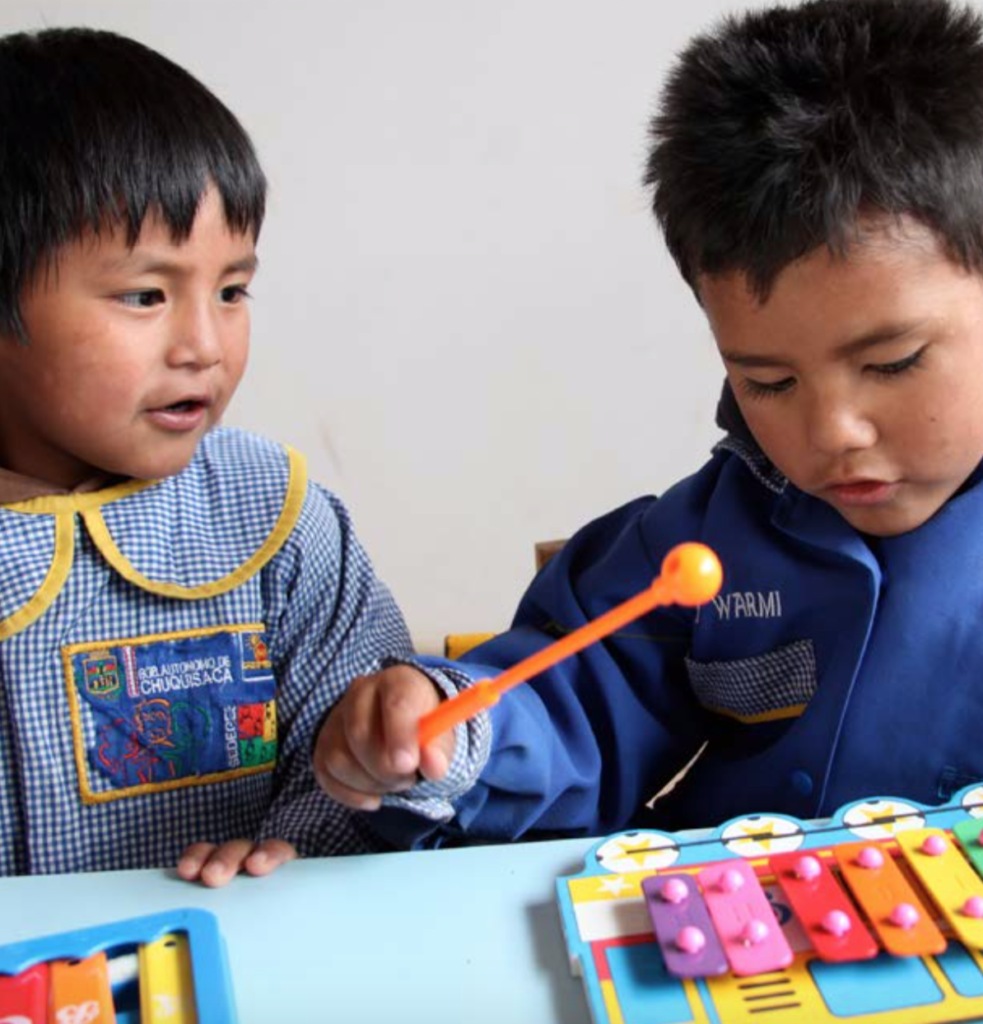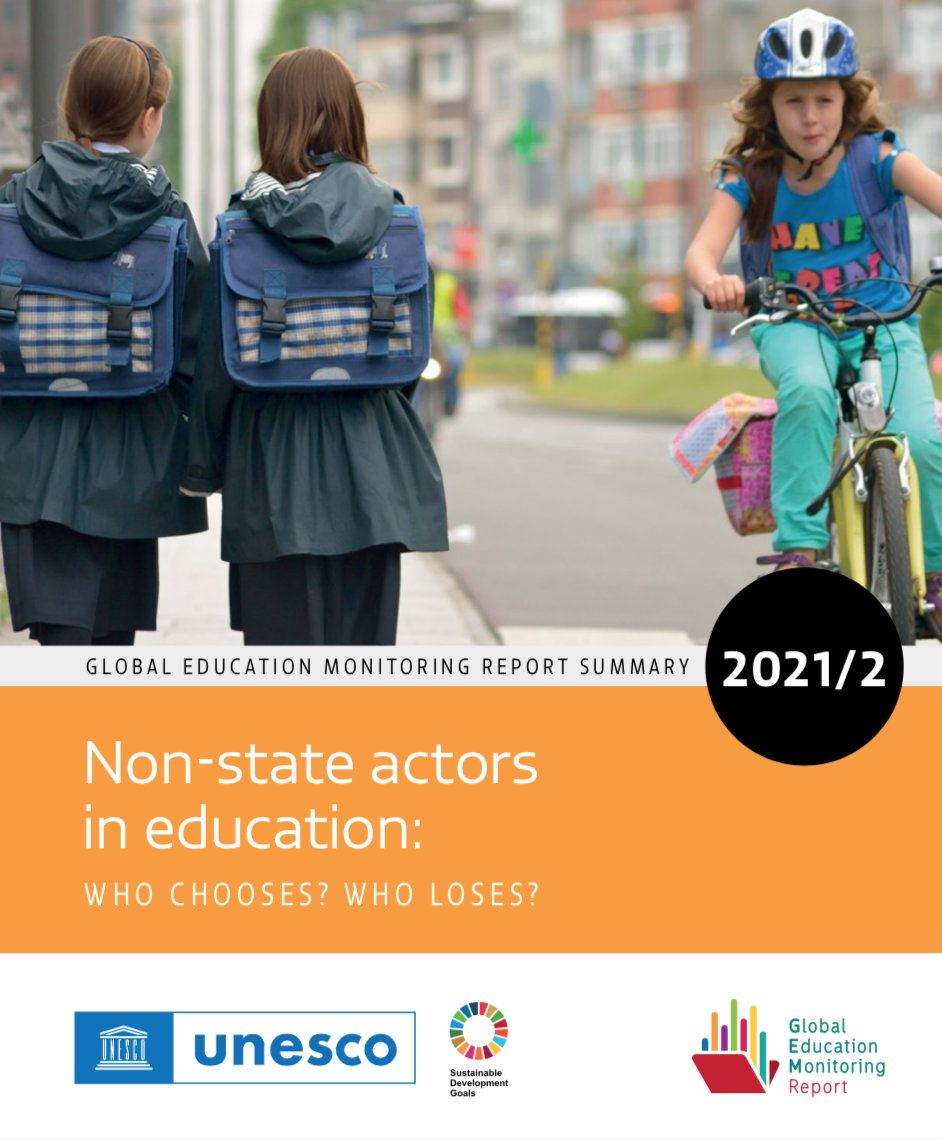“Education enables upward socio-economic mobility and is key to escaping poverty”. The UN says so. However, despite the progress made in expanding access to education in schools at all levels, approximately 260 million children around the world still don’t go to school. The 4th Sustainable Development Goal refers to “ensuring inclusive and equitable quality education and promoting lifelong learning opportunities for all”. For this purpose, one of its goals is to ensure that all children can complete free, equitable and quality primary and secondary education leading to relevant and effective learning outcomes.
The above includes: 12 years of free quality education for every child on the planet. What do the data say? Is the right of all children to education with equality being guaranteed? Bearing in mind that 350 million children around the world are being educated by non-state players, the UNESCO’s new Global Education Monitoring Report (GEM Report) published in December analyses the role and impact of private education around the world and calls on governments to ensure that all the private and/or public players involved in education abide by the values of equity so that all children and young people can develop their potential.

Picture credits: UNICEF/Giacomo Pirozzi
The report concludes that the disparities in the educational processes that mean, for example, that 8% of families in the poorest countries have to borrow money to send their children to school need to be addressed. This percentage totals 30% in some countries such as the Philippines, Uganda, Haiti and Kenya.
The report also shows how the costs of education fall disproportionately on households in the poorest countries. Thus, in low and medium-low income countries households cover 39% of the cost of education and the government the rest, compared to the figure of only 16% in high-income countries.
The study titled Who chooses? Who loses? shows that public education also involves considerable hidden costs in low-income countries. An analysis of 15 countries shows, for example, that uniforms and school materials account for almost two-fifths of households’ education expenditure.
“Governments must set minimum standards at state and non-state schools to ensure that the most disadvantaged students have equal opportunities to benefit from quality education”, states Audrey Azoulay, Director-General of UNESCO. “Equitable funding mechanisms are urgently needed. Those living in more disadvantaged contexts should not be penalised”, he adds.
According to the UNESCO report, the lack of suitable regulation of private education and any capacity to enforce it undermine the quality of education and widen the educational gap between rich and poor.
How can this situation be remedied? What can countries do to put equity at the centre of their education policies? UNESCO presents five recommendations:
- Greater efforts to guarantee free education. Redoubled efforts to guarantee free and publicly-funded access to one year of pre-school and twelve years of primary and secondary education for all children and young people. However, one in three countries spends less than 4% of its gross domestic product or less than 15% of its total public expenditure on education (the internationally agreed minimum benchmarks).
- Common quality standards. Establishing quality standards that apply to all state and non-state educational institutions, given that parallel systems with different expectations, materials and working conditions have a negative effect on building a coherent education system for all students.
- Strengthening governmental capacity to monitor and enforce the regulations. In practice, many rules are poorly designed or insufficiently enforced, leaving the door open to misconduct. Governments must establish a relationship of trust with non-state providers by encouraging them to register to remove arbitrariness from their rules and providing them with adequate incentives to run their schools effectively for the benefit of their students.
- Promoting innovation for the common good and bringing together all the players involved in its development. Governments should work in partnership with all the players to learn, compile and evaluate good practices and provide resources enabling them to exchange experiences and pilot and broaden good ideas.
- Protecting education from narrow private interests. Maintaining the transparency and integrity of public education helps to protect the most disadvantaged students.
Who chooses? Who loses? asks UNESCO in the title of this year’s annual report on the state of education around the world. This report, according to its foreword, invites policy makers to question their relationships with non-state players in education in terms of fundamental choices. For example, as suggested in the title, the freedom of choice and fairness. Its data also show that many education systems are not adequately protecting the interests of the most disadvantaged people. It’s time to put equity truly at the heart of our education policies. So that everyone can choose and the usual ones don’t lose out.






